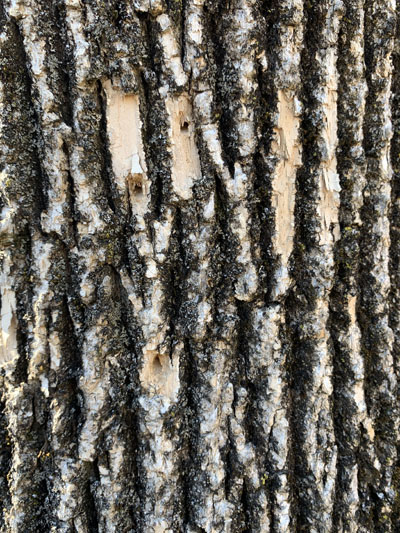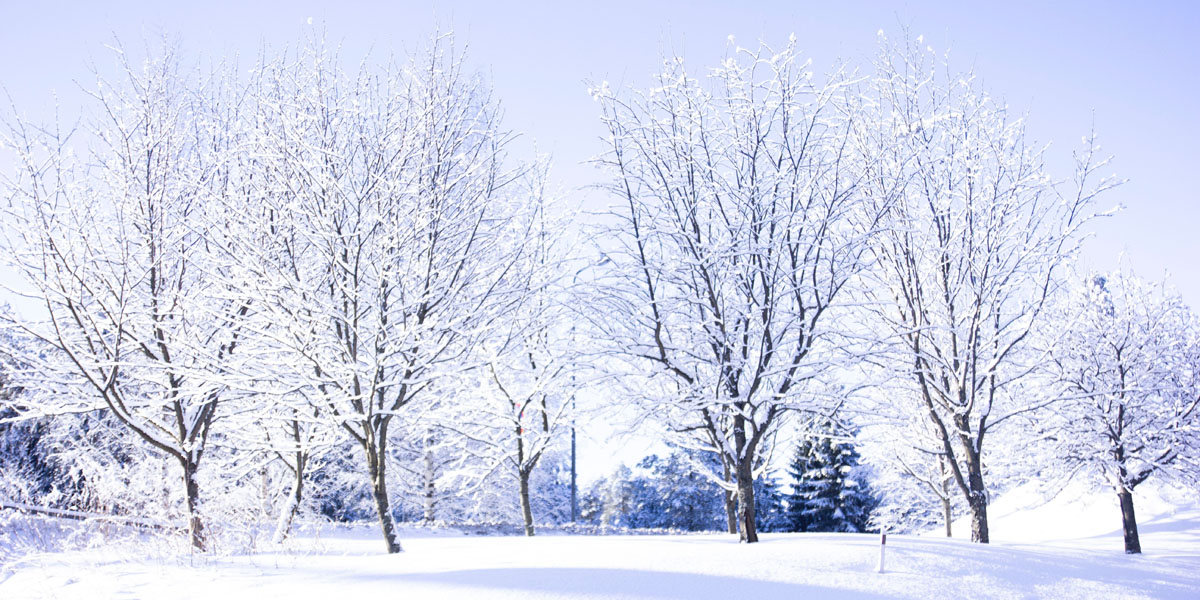Summer means long, hot days and gardens exploding with flowers and foliage. You know what you need during summer (sunscreen, barbeques, a hammock, and a good book), but do you know what your trees need?
Summer is when plants and trees expend the most energy to push out leaves and flowers, extend their root systems, and store energy reserves for winter. Winter may seem like a vague memory, but it is coming and your trees are preparing.
Read on for our best tips on how you can keep your trees vigorous and healthy during summer, and beyond.
 Be Cool
Be Cool
Top Up That Layer of Mulch
Remember the mulch you laid down to protect your trees’ roots from freezing winter temperatures? It’s just as useful in summer to keep soil temperatures cool.
A thick layer of mulch moderates soil temperature and prevents tree roots from excessive heat. So if you haven’t already, replenish the mulch around your trees’ dripline.
But don’t all so much mulch that you create a mulch volcano! Learn why in our article on how much mulch to use around trees >>
Mulch made from organic material such as wood chips is meant to break down over time and enrich the soil, so it’s up to you to keep your mulch at its optimal depth. And remember, while mulch made of crushed or rounded rock is perfectly acceptable, rocks readily absorb and hold heat from the sun and can damage delicate feeder-root systems by warming the soil too much. Make sure that if you’re using rock as mulch it’s over hardy plants and trees or in areas that do not receive full, hot sun.
The mulch you put down works even better if you include a layer of compost beneath it. Starting to sound familiar? The compost you put down in fall and winter has broken down and enriched the soil, and there’s always room for more. The benefits of amending your soil with compost is that, unlike synthetic fertilizers, compost is not an “instant hit” of nutrients and is not washed away with irrigation.
You don’t need to stop applying mild synthetic fertilizers to your plants that make lots of flowers or fruit; just remember that compost improves the texture and fertility of your soil over the long term and helps soil retain more water for tree roots to take up.
Watch Out for Heat Stress
Heat stress can damage your trees in both the near- and long term, so make sure you’re giving your trees all the defenses they need to withstand hot summer weather.
Heat stress can cause the following symptoms:
- Brown, dry leaf edges or leaf tips
- Wilting, yellow leaves
- Fruit and flower drop, especially immature fruit
- Leaf, twig, and branch drop
You can learn more about how trees deal with high temperatures here >>
Be Water Wise
Just like you, trees appreciate a long, cool drink in hot weather. The health of your trees and shrubs is directly tied to their being sufficiently hydrated during summer’s heat.
Keep Watering
Heat stress can exacerbate water stress, as hot weather means your trees’ roots are taking up more water and doing it faster. Water stress in trees looks a lot like heat stress, but usually you will see more scorched leaf tips and margins on wilting leaves. And if water stress becomes too severe, your plants and trees can’t recover. This is referred to as wilting point or permanent wilting point, when there is little or no water available for roots to take up. At the permanent wilting point, the cells of leaves and branches become so damaged that they die, and subsequent watering does no good.
To keep your trees prepared for the heat of summer, be sure to:
- Provide irrigation regularly and correctly. Trees need long, slow watering, and less-frequent watering than shrubs, perennials, and turf.
- Check your irrigation system to be sure it’s on a summer schedule that uses water efficiently, and there are no leaks or breaks that are wasting water and preventing it from reaching your trees
- Don’t apply high-nitrogen fertilizer to heat- or water-stressed trees. These fertilizers stimulate new green leaf growth that a stressed tree can’t support
Give New Trees Some TLC
Always give some extra care to your new or young trees. A recently planted tree in its first hot summer can’t endure conditions the way existing trees with deep roots can. The small root systems of young trees don’t reach very far beyond their rootball, and can quickly become stressed as temperatures rise and soil moisture declines.
For details, see our article on how to care for a newly-planted tree >>
Be Consistent
Give Trees a Light Haircut
Winter is a great time for pruning (there are many benefits to pruning trees in winter!), as your trees are dormant and insect pests and diseases are also dormant. However, some light summer pruning can be done if needed.
Here are some reasons why you may need to do some light summer pruning:
- Allow sunlight and air to reach the interior of a tree’s crown to help limit pests and diseases
- Increase fruit yields by focusing energy on fruit production instead of leaf production
- Remove excessive, new summer growth and remove crossing or rubbing branches
Get With The (Pruning) Plan
Pruning trees is a long-term project, as the needs of trees change while they mature and their crowns grow and spread. Regular pruning, done by a professional, is the best way you can ensure your trees live long and healthy lives. Consistent pruning also avoids the damage to your trees that infrequent, over-pruning causes and saves you money in the long term.
Our pruning services are tailored to your needs, we’re certified arborists, we’re insured, and we offer free estimates.
NOTE: Trees that are experiencing heat stress or water stress should not be pruned in summer. Wait until your trees have enough water and temperatures are lower.
Keep it Clean
Regular maintenance goes a lot way in keeping your trees and yard healthy and looking their best. Good summer garden practices include:
- Treating and pests and diseases as soon as you see signs of them
- Getting rid of weeds. Weeds will gladly the soil water and nutrients you want your trees to use. And remember that mulching naturally suppresses weed growth!
- Removing debris to eliminate spots for pests and fungus to grow
Be Aware
We all love being outdoors in summer (well, maybe not on the really hot or humid days!) – and so do insect pests. The warm weather also accelerates the spread of many devastating plant diseases.
Don’t Get Bitten
Mosquitoes and ticks aren’t just annoying, they can also carry devastating diseases. Both can make being outdoors less appealing, especially during those months when you and your family want to be outdoors as much as possible.
Regularly check for embedded ticks after being outdoors, eliminate sources of standing water around your property, and take these recommended actions to prevent tick and mosquito infestations.
You can also protect your family with a highly-targeted tick and/or mosquito control program. Our comprehensive plan for mosquito and tick control offers both synthetic and organic options, including a hybrid program that’s customized to your needs.
 Check for Signs
Check for Signs
Check your trees regularly during the summer for signs of insect infestation or disease. Trimming flowering shrubs and perennials is a regular summer garden task, so while you’re taking care of your plants, check your trees too. Treating any tree problems early ensures better outcomes.
Look for symptoms such as:
- holes in leaves or ragged edges
- yellowing leaves or leaves falling prematurely
- spotted, stippled, or blotchy leaves
- dying branches
- oozing or dripping branches or trunks
- leaves with brown or crispy edges, or curling leaves
If you notice anything that doesn’t seem right, give us a call. Our Certified Arborists can inspect your trees, diagnose the problem, and recommend a course of action.
See more symptoms, possible causes, and treatment options on our Tree Health Management page >>
Recognize Invasive Pests
In addition to the usual insect suspects you may see in your garden, there are more serious and deadly pests in our area that you should be on the lookout for.
If you have ash trees, check for signs of Emerald Ash Borer (EAB) damage. If you notice anything or are concerned about your ash trees, contact us immediately. EAB has already caused widespread damage throughout Morris County (and surrounding areas) and is fatal to ash trees unless those trees have had preventive treatments.
Likewise, if you see signs of Spotted Lanternfly (SLF), document it with your camera and report it to SLF-plantindustry@ag.nj.gov. If you can’t document, call 1-833-223- 2840 (BADBUG0) to leave a message. Summer is when you’ll see adult SLF, and when you can help stop its reproduction cycle.
NEED A HAND?
If you’re not sure what your trees need or how best to care for them during the summer, don’t worry. Call your local arborists at Alpine Tree to find out! Summer brings with it a host of tree and landscape problems that often need quick attention. We can quickly schedule a consultation to help you get it all figured out.





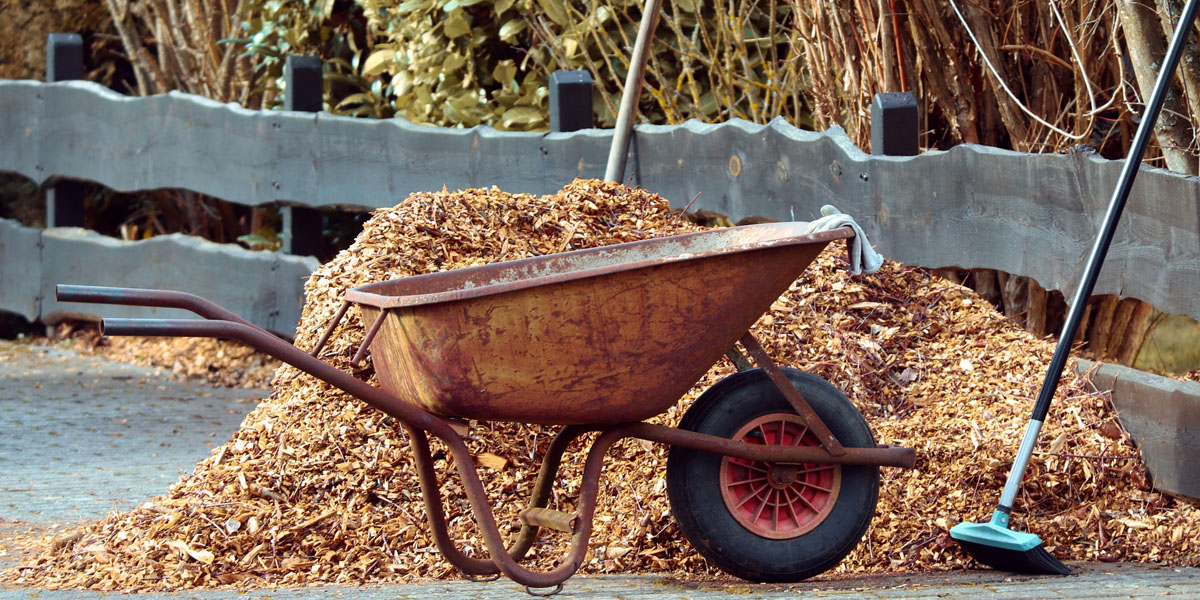 Be Cool
Be Cool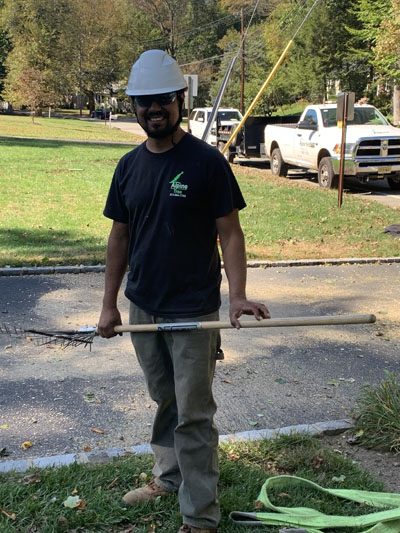
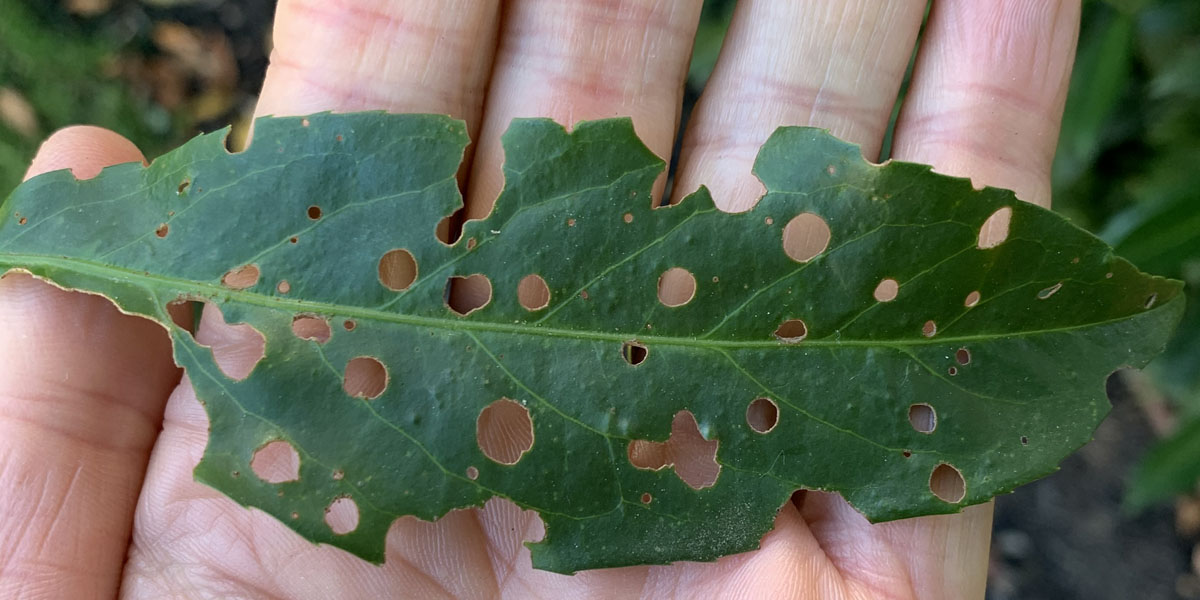 Check for Signs
Check for Signs